Edible Frog Life Cycle Snack
This post may contain affiliate links.
Edible Frog Life Cycle Snack
Are you learning about animal life cycles? I have the perfect idea for your next lesson on the life cycle of a frog! This is an EDIBLE frog life cycle snack! My kids and I had a lot of fun figuring this cute frog snack out.
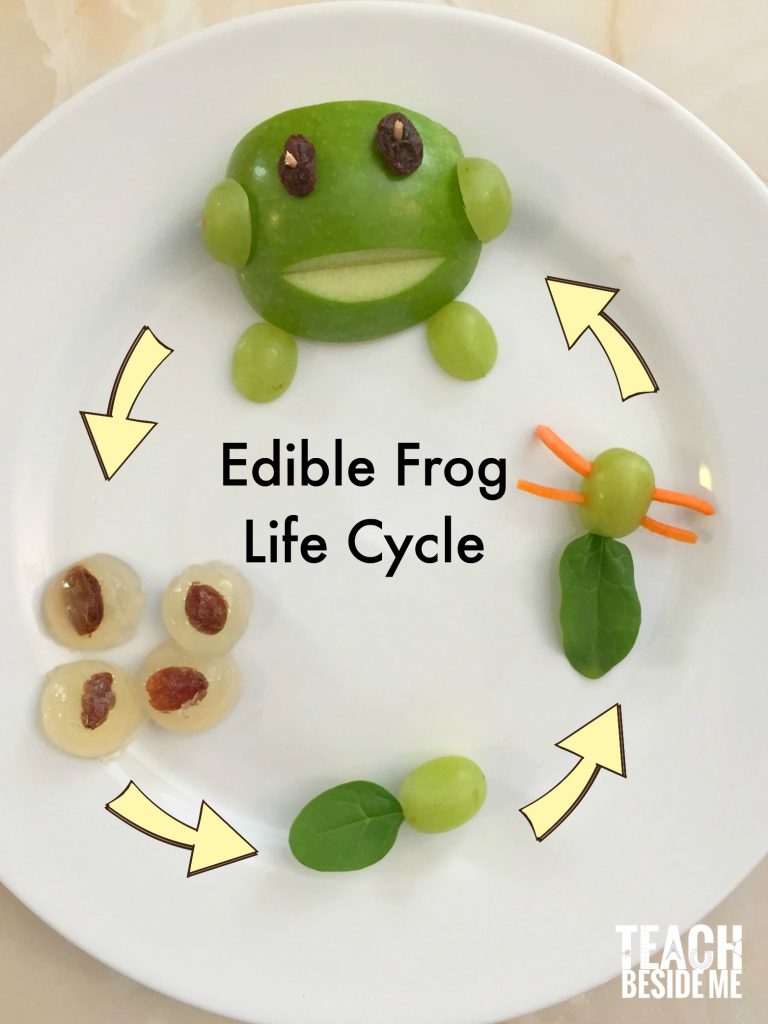
This little frog life cycle snack is ALL healthy, so no worries about sugar, allergies, or dietary problems here.
I know there is a step in the life cycle missing, I kind of combined the tadpole with legs and the froglet into one, but it works ok, right?
Stages of a Frog Life Cycle
Frogs are amphibians and there are 5 stages in the life cycle of a frog. Their life cycle fascinates me!
It starts with egg masses. Female frogs lay their fertilized eggs in the water, most often. They lay a large amount at once, sometimes hundreds! The frogspawn looks like large clumps of gelatin with tiny black dots in the center.
The next stage is the tadpole stage. A tadpole hatches within a few days! They have gills and can breathe underwater. They eat algae and other vegetation. After a few weeks, the transformation begins.
A tadpole first grows hind legs, but still have a long tail. After that the front legs begin growing and the tail starts shrinking. They also begin to develop lungs so they can breathe oxygen above water.
Next it is called a froglet, which is almost a full grown frog, but still has a small tail, which will eventually disappear.
When the tail is gone it is a fully-grown frog. It begins eating insects and lives on dry land.
Along with the outside changes, many changes are happening inside the frog’s body as well. The metamorphosis of animals is incredible, and so fun to teach to kids!
Supplies To Make the Edible Frog Life Cycle Snack:
Plain gelatin
Juice (we used lemon)
Honey or other natural sweetener
Green Grapes
Small Spinach Leaves
Green Apple
Raisins
Shredded Carrots (or chow mein noodles would work)
Toothpicks
This first step for this edible frog life cycle snack is the little edible frog eggs. I made a pack of plain gelatin and followed the package directions using lemon juice and water (mostly water, with a few tablespoons of lemon juice added in) plus honey as the sweetener. I just did this to taste.
To make it round, I poured it into the little sphere molds. After about an hour of chilling, I added in the raisins. Waiting an hour prevents them from just sinking all the way to the bottom. Let them chill a few more hours until solid.
You want to be careful removing them from the molds, because they break easily. I found that it worked best to run around the edge with a knife first.
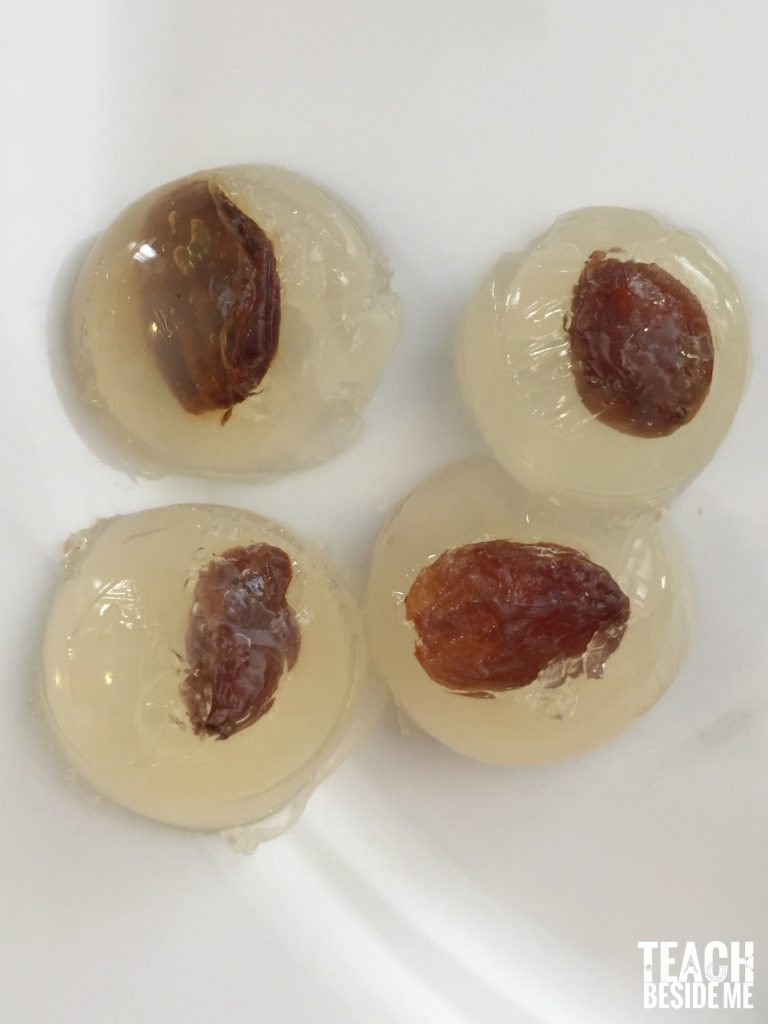
Next, I made the tadpoles. For this I used green grapes and small baby spinach leaves. I just poked the stem of the spinach into the end of the grape to make the long tail. If it does not go in easily, use a toothpick to make the hole bigger.
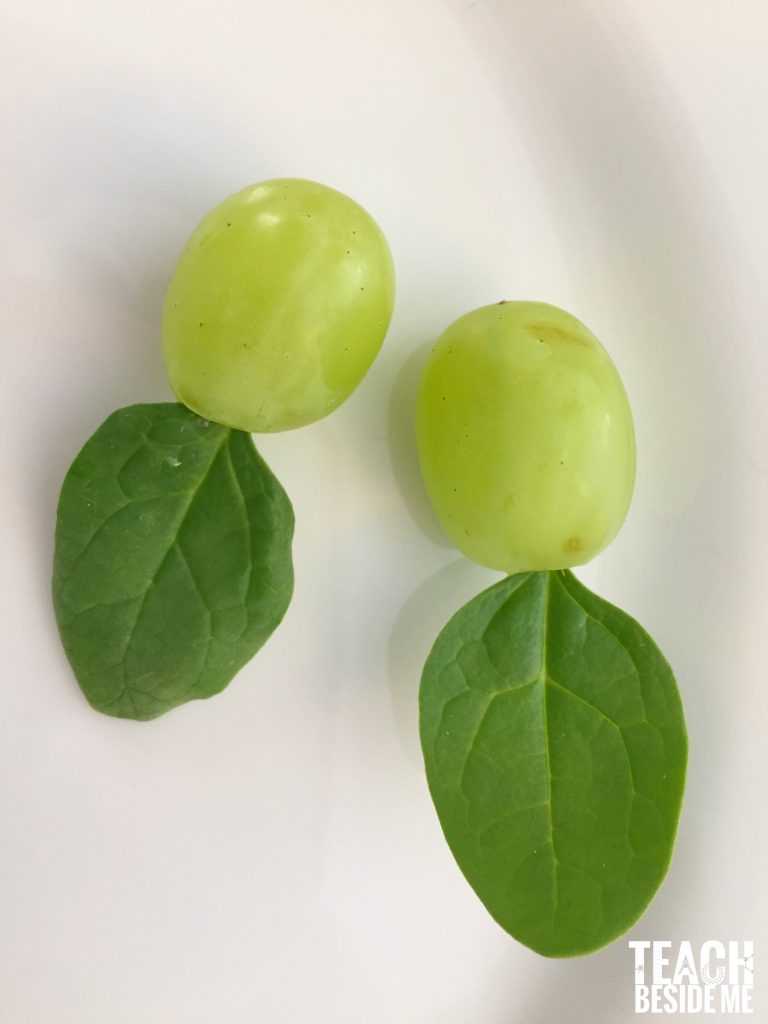
In the lifecycle there are tadpole with hind legs and froglets. Rather than make both, mine are kind of combined into one. I just added some little pieces of shredded carrots in for the legs. I poked the holes for the legs with toothpicks first to make it easier to put the carrot pieces in.
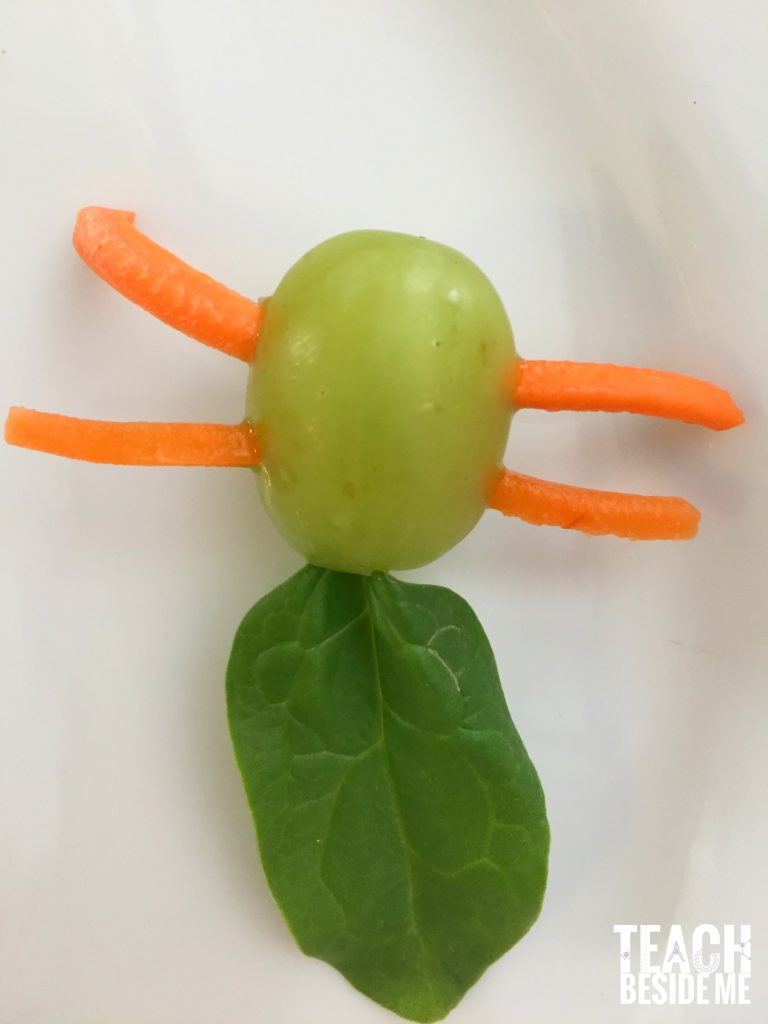
Then for the large adult frog, I used a slice of a green apple, green grapes, raisins and toothpicks. You’ll want to make the kids aware of the toothpicks when they are eating them! I broke the toothpicks in half to fit them in better.
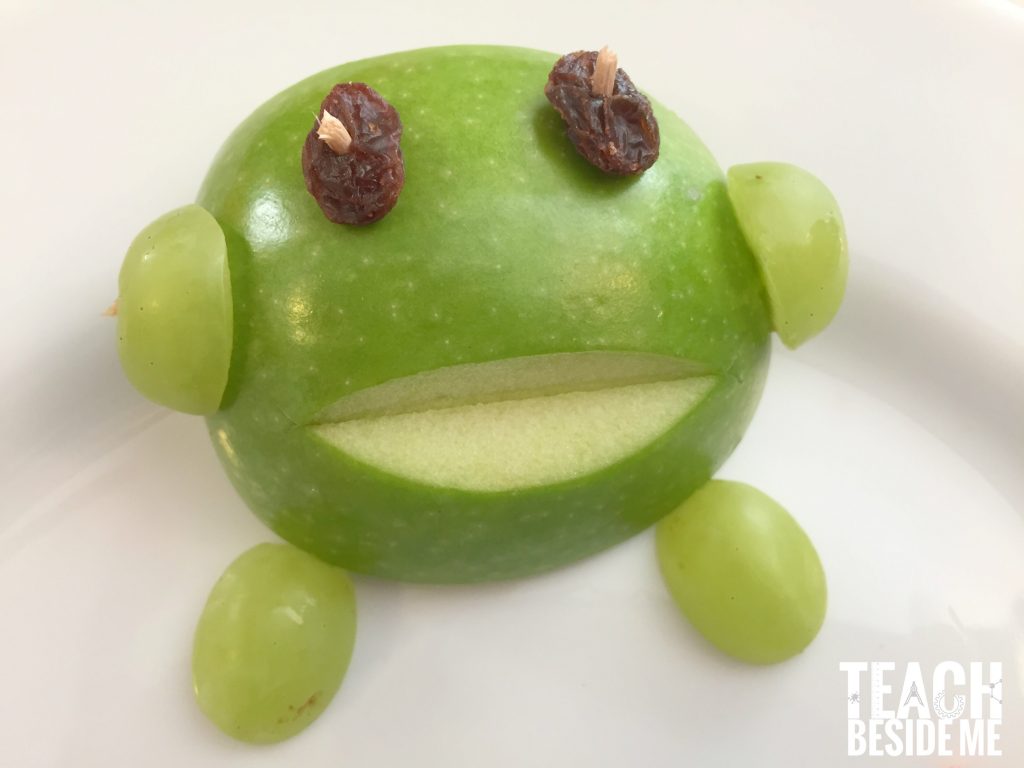
This is such a fun frog snack if you are teaching a frog theme for preschoolers or other younger kids. They would also love making it themselves, to let them be involved in the process as much as possible!
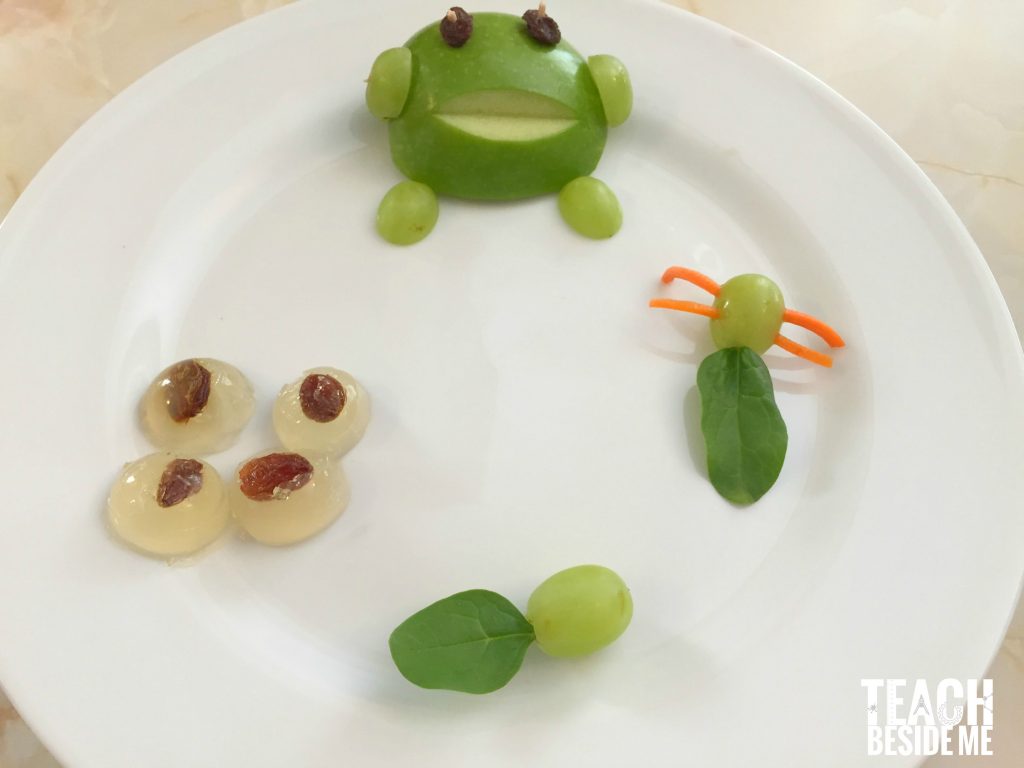
What I love about this edible frog life cycle is that it really is simple to make! Besides the gelatin setting up, it is quite quick to put together! The gelatin is the only thing you will really need to plan in advance if using this in a lesson. The ingredients are inexpensive and easy to access, making it a perfect frog snack for any frog life cycle lessons!
Also, check out this cute edible butterfly life cycle from My Joy Filled Life.
Want mare edible education projects? Check out my post with 100+ Edible Education Ideas.
This is part of the Weekly Virtual Book Club for Kids. The theme this week is ponds.
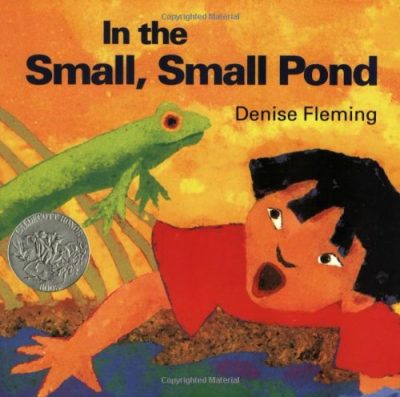
This week’s book is In the Small, Small Pond by Denise Fleming.
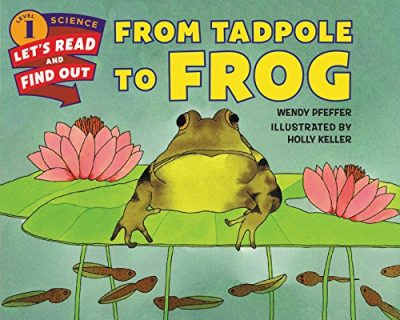
Another great one to go along with the frog life cycle activity is From Frog to Tadpole by Wendy Pfeffer.
See what the other participating bloggers shared this week:
Frog Coloring Pages and Learning Activities – JDaniel4’s Mom
Ducks Matching Game – Mama Smiles
Over Under Drawing and Story Telling Prompt – My Storytime Corner
Frog Hop Phonics– Rainy Day Mum
More Life Cycle Learning Ideas:
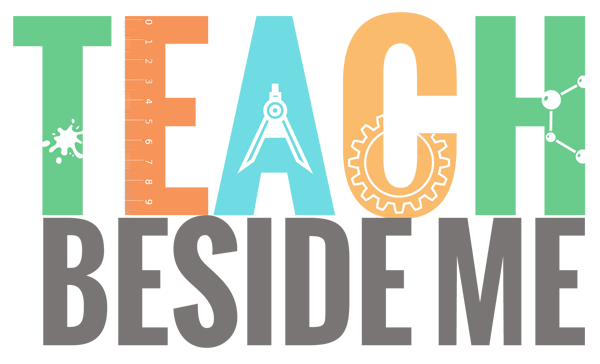
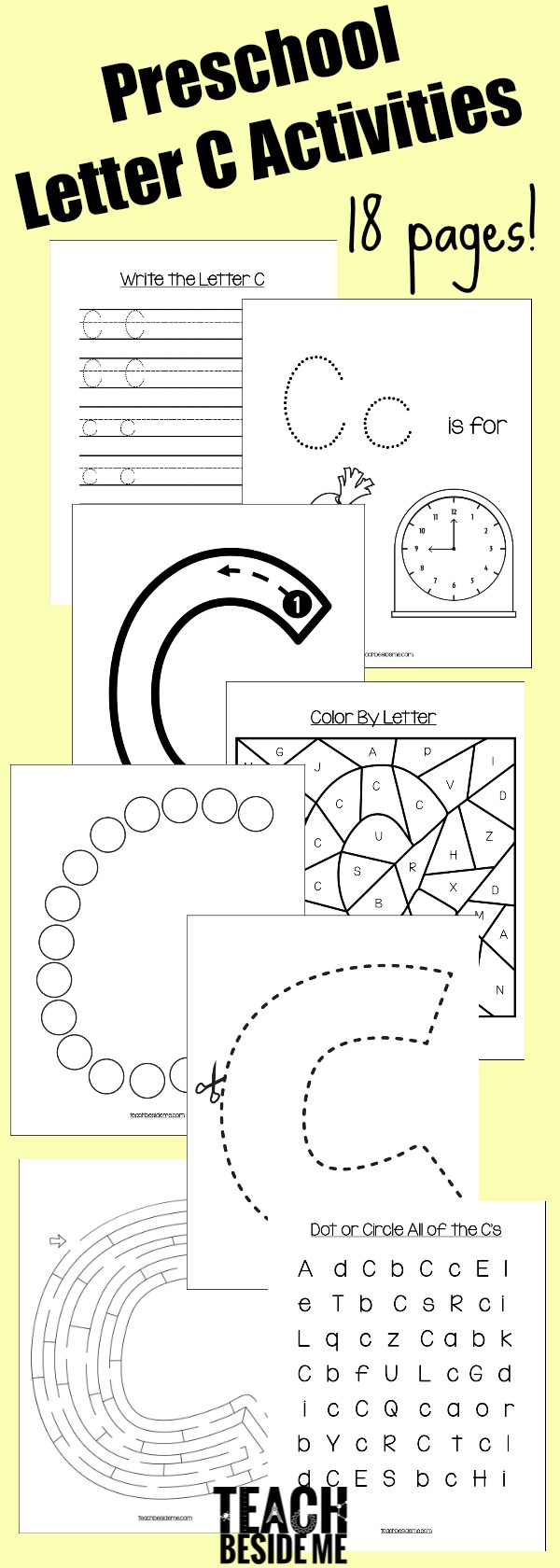




This is sooo adorable and smart!! I wasn’t planning to do a frog cycle soon BUT this has made me bump it up to the top of the list! Thank you for this and all of your awesome ideas.
Aw! Yeah! That makes me happy. Have fun!
Hi, this frog life cycle is just so cute! I am going to use it with my preK class at co-op tomorrow, but I was hoping you could clarify exactly how you made the gelatin. I’ve only ever just made flavored jello, and was not at all sure how much juice or honey to use.
the Knox gelatine says to use 4 cups of apple juice with four envelopes of gelatin. Do you use 4 cups of lemon juice? Just asking because 1- that seems like a lot, and 2- you mention using water.
Thanks.
Thanks & so sorry I did not clarify that well! I used mostly water and a few tablespoons of lemon juice from what I remember. This just gave it a lemony flavor, but was not too sour.
Thank you very much Karyn.
I was wondering if I could clarify one more thing. I’m looking at the box, getting ready to make these, and getting a bit confused. Did you make a full box worth, which would be 4 envelopes of gelatin with 4 cups of water and then only have a few tbs of lemon juice in that. Or was that a few tbs of lemon juice to one envelope of gelatin with 1 cup of water.
I am assuming the 4 envelopes as that is what the instructions give, but that makes 42 servings, so that seemed like an awful lot. It says it will fit into a 13×9 inch pan.
I think it will just depend on how much you want to make. I did not make w full box- probably just half since we were just making a few, but if you are doing it in a class, you would likely want more. So with a full box, I would definitely increase the amount o lemon juice up to 1/4 c or so. I am terrible one of those cooks who just pours a little of this in a nd a little of that until it tastes good! 🙂
Made these for a bug homeschool group and they came out so cute! I want to agree with another commenter that the gelatin instructions were a little confusing/ I didn’t read the directions on the box and ended up my first attempt. To clarify for anyone else who has never used gelatin, its 1 packet per cup of water. I also pored the gelatin into a pie plate, quartered the raisins and placed them in about an hour after then used a melon baller to form circular shapes for the eggs. oh gosh and I was so excited I used some black sesame seeds as eyes. Too cute! thanks for a great idea.